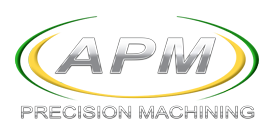Blog

The ISO 9000
The ISO 9000 family of quality management systems standards is designed to help organizations ensure that they meet the needs of customers and other stakeholders while meeting statutory and regulatory requirements related to a product. ISO 9000 deals with the fundamentals of quality management systems, including the eight management principles upon which the family of standards is based. ISO 9001 deals with the requirements that organizations wishing to meet the standard must fulfill.
Third-party certification bodies provide independent confirmation that organizations meet the requirements of ISO 9001. Over one million organizations worldwide are independently certified, making ISO 9001 one of the most widely used management tools in the world today.
ISO 9000 was first published in 1987. It was based on the BS 5750 series of standards from BSI that were proposed to ISO in 1979. However, its history can be traced back some twenty years before that, to the publication of the United States Department of Defense MIL-Q-9858 standard in 1959. MIL-Q-9858 was revised into the NATO AQAP series of standards in 1969, which in turn were revised into the BS 5179 series of guidance standards published in 1974, and finally revised into the BS 5750 series of requirements standards in 1979 before being submitted to ISO.
BSI has been certifying organizations for their quality management systems since 1978. Its first certification (FM 00001) is still extant and held by Tarmac Limited, a successor to the original company which held this certificate. Today BSI claims to certify organizations at nearly 70,000 sites globally.
